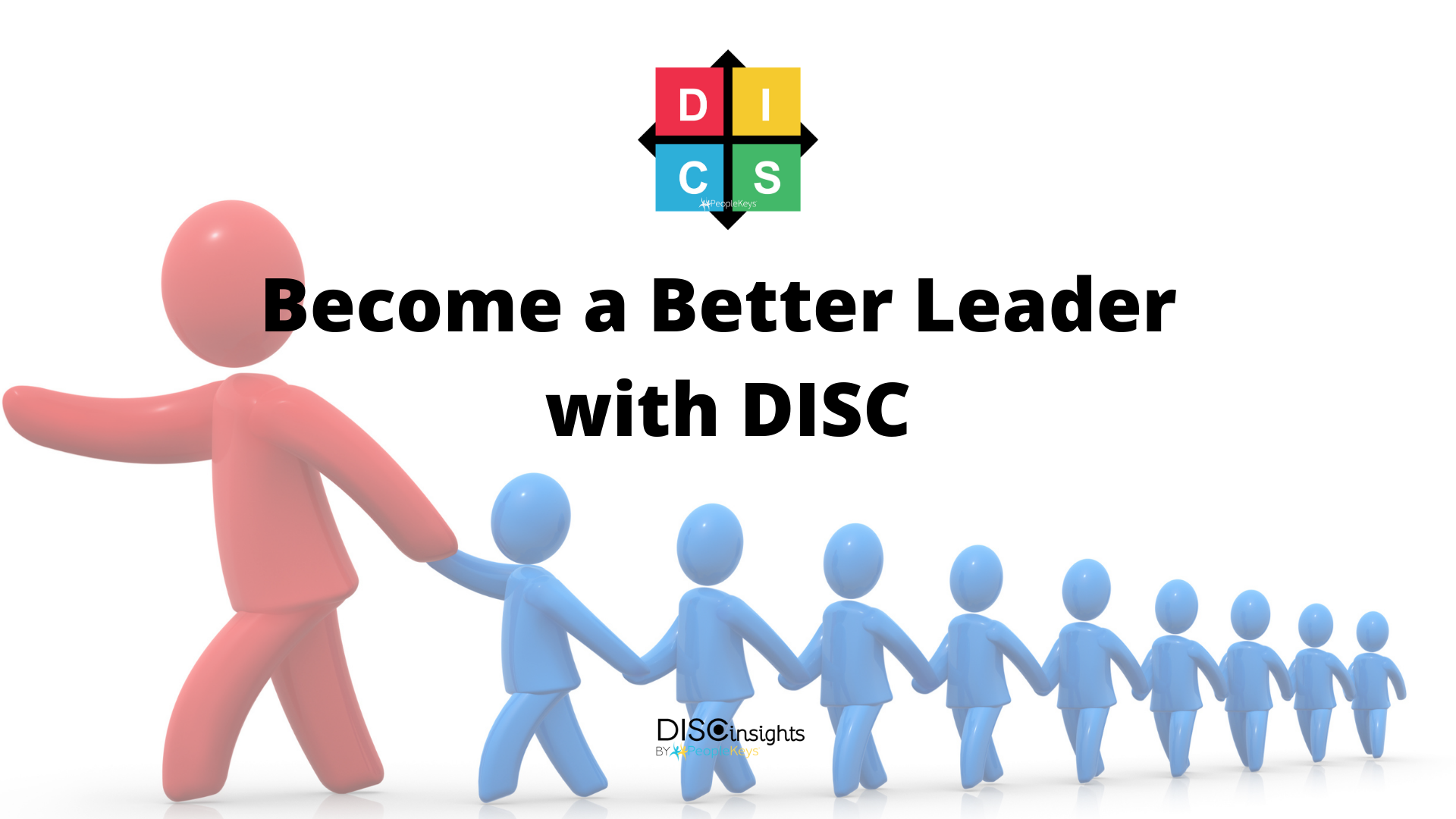- SHOP BY PRODUCT
- DISC TRAINING & CERTIFICATION TOOLS
- DISC RESOURCES
- BLOG
- SHOP BY PRODUCT
- DISC TRAINING & CERTIFICATION TOOLS
- DISC RESOURCES
- BLOG
- ALL ITEMS



Just as each DISC personality type has the potential to be a great leader, each also faces its own unique set of challenges. Do you know some of the most common leadership problems faced by the different DISC personality types? Read on and learn how to recognize ways that personality style can impact your ability to lead and how you can adjust your style to be a better leader.
Although "D" style personalities are naturally drawn to leadership roles, their competitive nature and drive can put them at risk of becoming workaholics, which increases the risk of job burnout. They also tend to make decisions quickly. This is a virtue in many situations but can be a problem if the "D" style leader takes action impulsively before weighing all of the consequences.
In a workplace environment, a "D" personality style leader often has difficulty communicating with more introverted personality types. Conflict-adverse colleagues and subordinates of a "D" style leader might view the "D" personality as pushy and overly aggressive, and will become less productive when this attitude makes them feel uncomfortable.
"I" style people have a big personality and crave the spotlight. They gain energy from interacting with those around them and actively seek out the company of others. "I" personalities are outspoken and are not likely to keep their ideas and opinions to themselves. This is all very helpful. Leaders with an "I" personality like to talk and can sometimes come across as poor listeners. An "I’s" natural optimism, too, can cause them to adopt a sunny outlook that dismisses or ignores real problems until it’s too late.
Leaders with an "I" personality can be very difficult for more introverted individuals to deal with. Introverts (such as "C" and "S" personalities) can find interacting with an "I" style leader to be draining and will often adopt strategies to avoid them during the day.
Also, leaders with an "I" personality love change and don’t crave routine or consistency. As a result, employees that thrive in a stable environment will be challenged. Similarly, because they aren’t schedule-driven, "I" style personalities can have difficulty with organization and time management. Meeting and arranging deadline-sensitive projects can be difficult for them. "I" style leaders are often at their best when partnered with others who are more methodical or detail-oriented.
Unlike "D" and "I" style leaders, those with an "S" personality don’t like taking risks and are hesitant to make big changes. They tend to approach tasks the same way every time and have an "if it’s not broken, why fix it?" mentality. This can become a problem when it comes to innovating and adapting. If a company is looking for a leader to come in and make sweeping changes, an "S" personality type could struggle with that mission.
Individuals with a high "S" personality style tend to have trouble with direct confrontation and are naturally hesitant to give negative feedback. This is an impulse that they have to consciously work to avoid.
"C" style leaders are organized, analytical, and detail-oriented. Because they are hyper-focused on data and tasks, they often forget about the human element involved in the job. They don’t typically do well with "people" problems and have little interest in managing interpersonal conflicts. As a result, "C" personalities run the risk of being seen by their colleagues as overly analytical and emotionally disconnected.
Another risk for highly conscientious leaders is that their perfectionism can cause them to lose sight of the big picture. They can become so focused on thoroughly analyzing and perfecting small details that projects can move along far too slowly.
If you recognize some of these problems in your own leadership style, don’t worry. In the end, the two most essential traits any leader can have are self-awareness and flexibility. Once you know the potential leadership challenges inherent in your personality type, you can work to consciously compensate for your weaknesses.
In truth, there’s no such thing as a "natural leader." All great leaders have learned how to manage their personalities by working with their strengths, delegating when they struggle, and making an effort to compensate for their weaknesses.
If becoming a stronger leader (or helping to strengthen leadership abilities in others) is something you’re interested in, we’ve developed several assessment tools that can help. From extensive DISC certification courses to assessing leadership strengths with our DISC Leadership Style Report, PeopleKeys can teach you how to live up to your full potential.
Finally, to settle the debate, check out The Leadership Debate blog!

© PeopleKeys. All Rights Reserved
WORKING DAYS/HOURS
Mon - Fri / 8:30AM - 5:00PM EST
